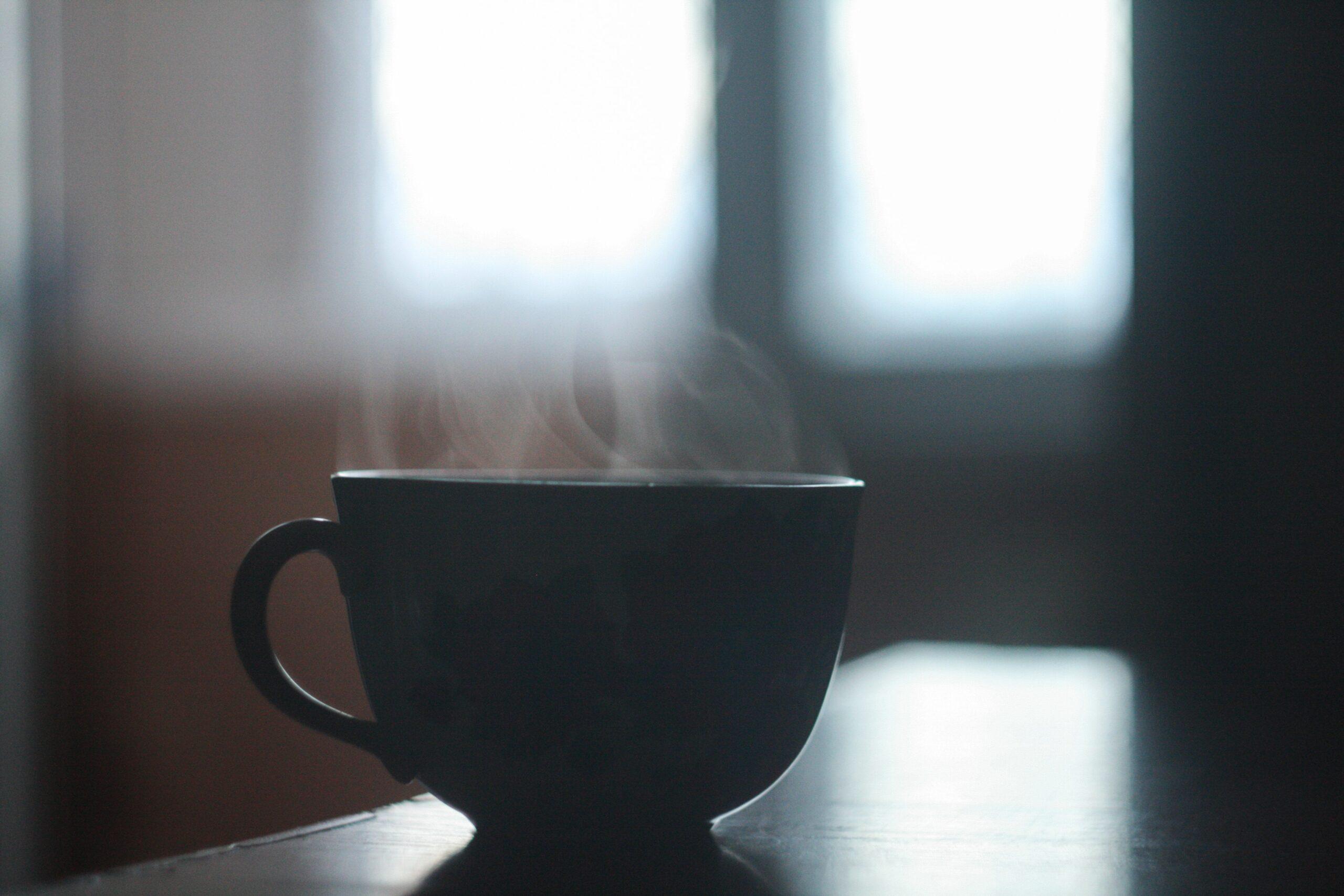It’s not just the leaves that change with the welcoming of autumn; your skin does, too. While the autumn weather may encourage outdoor activities, your skin retains less moisture because of the cooler, drier air. The same happens indoors as the heat goes on and up.
Key symptoms of “autumn skin” include dryness, dull and sallow skin tone, sun spots, flaking and irritation, as well as the flare-up of some chronic conditions.
Your skin can remain beautiful and glowing, however, if you treat it correctly and make some minor adjustments to your beauty regime to account for the change of seasons.
During the fall, the skin needs extra nourishment and protection. Three things that everyone should do to protect one’s skin in the autumn include drinking lots of water to remain hydrated, applying moisturizer before going outside to give it time to be absorbed and continue to use a sunscreen with an SPF of at least 15.
Autumn presents special challenges to the face, body, hands, nails and feet. Keep reading for an overview of how to treat each area.
Face/Head
Despite the waning sun, it is still crucial to use sunscreen in autumn. And moisturizing is more important than ever, regardless of skin type. In fact, even oily skin needs a moisturizer. People with seborrhea, or dandruff, may experience autumn flare-ups. This chronic inflammatory skin disorder is more common in men than women and affects up to 3 percent of the population. It can be controlled by washing with special soaps and shampoos or topical steroids. If seborrhea does not improve or worsens, a dermatologist can provide additional treatments.
Body
Moisturizer that is applied when the body is slightly damp after bathing is one of the main things we can do to improve the condition and feel of our skin. A body oil or cream should be applied over the whole body, concentrating on rough spots including the elbows, knees and feet. Moisturizers with an alpha hydroxy acid help exfoliate the skin’s outermost layer. Exercise is also a good moisturizer, as sweat provides a natural way of releasing toxins.
Some people may experience a flare-up of conditions such as psoriasis or eczema/atopic dermatitis in the fall.
Psoriasis is a chronic disease of the immune system that appears on the skin, usually in the form of thick, red, scaly patches. According to the National Institutes of Health, up to 7.5 million Americans have psoriasis. There are many over-the-counter and prescription treatments for psoriasis. Your doctor can help you find the right one.
Atopic dermatitis, or eczema, results in scratching that may lead to redness, swelling, cracking, “weeping” of clear fluid, crusting and scaling of the skin. Intensely itchy patches form, which can be widespread or limited to a few areas. Between 10 and 20 percent of people worldwide develop atopic dermatitis, making it the most common type of eczema. Eczema should be treated by a dermatologist for an accurate diagnosis and appropriate treatment including medication combined with lifestyle changes. There may be a specific allergen that the dermatologist can pinpoint to help make the eczema better.
Hands/Arms
Sun damage over the years can result in localized spots of hyperpigmentation that appear on the most exposed parts of the body— generally the hands, shoulders and face. Known as age spots or liver spots, these flat, gray, brown or black marks are harmless and don’t need treatment. But because they may be confused with cancerous growths, any new marks should be checked by a physician. For cosmetic reasons, age spots can sometimes be lightened with skin-bleaching products or completely removed with the use of lasers. However, preventing age spots by staying out of the sun and using sunscreen may be the easiest way to avoid these spots.
Another common skin condition that may flare up in the fall is keratosis pilaris, which consists of rough patches and small, acne-like bumps, usually on the arms and thighs. In fact, keratosis pilaris may improve during the summer months, only to later worsen when the weather changes. This condition is not serious but is difficult to treat. Prescription medications and self-care measures including keeping skin moist can improve the appearance of your skin. Though quite common with young children, keratosis pilaris can occur at any age. Often, keratosis pilaris gradually improves on its own.
Nails
It is not uncommon for nails to start cracking or peeling in the fall. Avoiding harsh soaps and the more frequent use of moisturizer is usually the answer.
Feet
A major problem associated with the skin of the feet upon summer’s end is dry, cracked heels caused by wearing open-backed shoes during the summer. Cracked heel problems can be relatively mild, with dry or flaky skin, to very severe and painful, with hard skin and deep fissures that are prone to bleeding and make walking uncomfortable.
Cracked heels can be improved by taking care of the feet by using a natural foot scrub and pumice stone to slough away dead skin and moisturizing with a highly concentrated emollient base, petroleum jelly or a healing, natural oil, such as olive or sesame, urea or alpha hydroxy acid. Some prescription creams may be required in resistant cases. If one has certain skin conditions, like psoriasis, scrubbing is not advised.
While many people look forward to a refreshing, cool autumn after a long, hot summer, it’s important to remember that your skin needs to be treated differently as the seasons change. Changing your beauty and skincare routine regularly, depending on the weather, and remaining in close contact with your dermatologist, can keep your skin looking beautiful year round.




